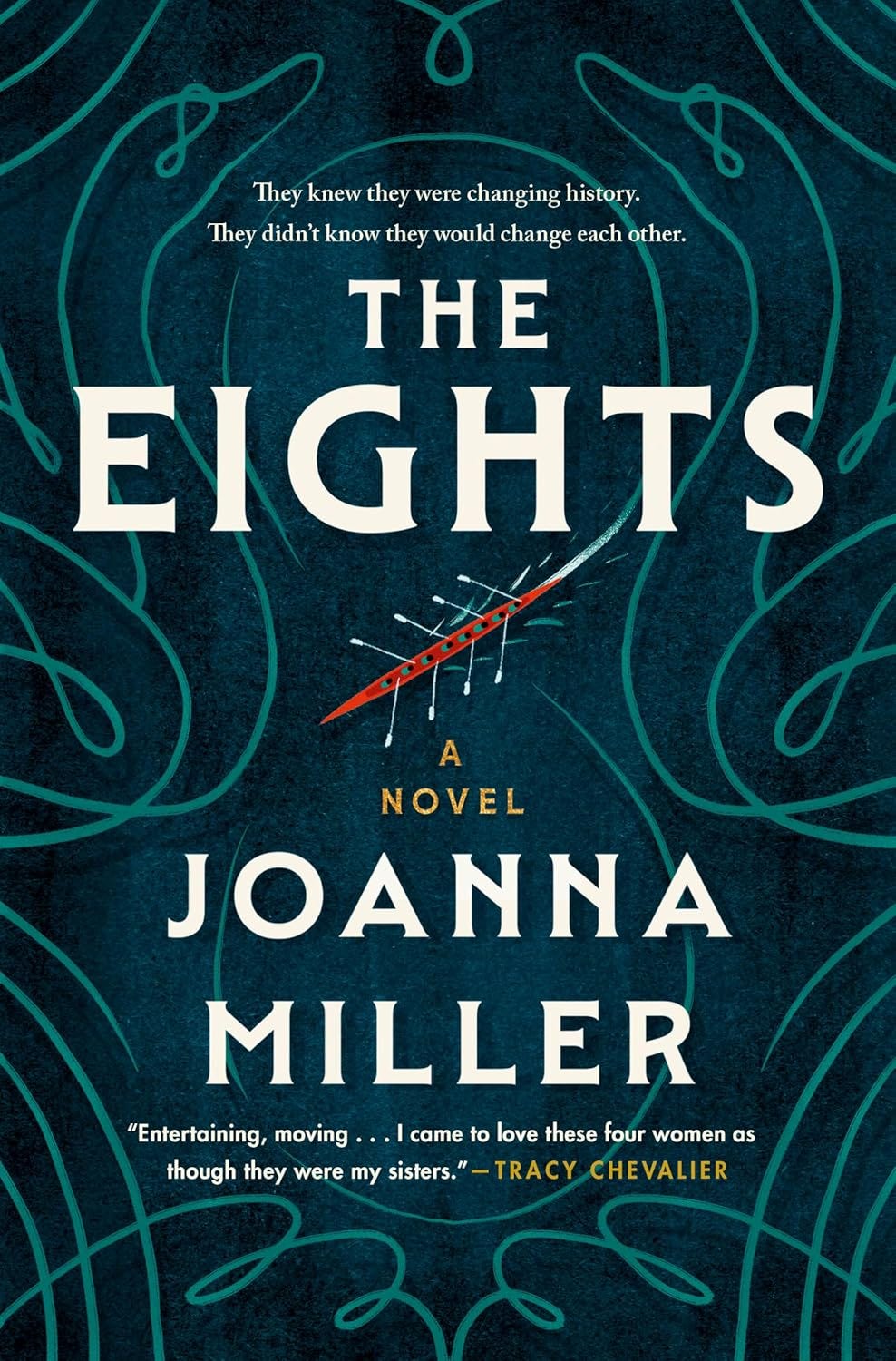Today's literary landscape is crowded with debuts, but Joanna Miller's The Eights stands apart with its quiet confidence and finely tuned historical insight. Set in 1920s Oxford, when women were first officially admitted to the University, the novel traces the intertwined lives of four pioneering female students with precision and empathy. What emerges is both a compelling narrative and a reclamation of overlooked voices that shaped a transformative moment in British academic life.
Miller, whose own biography spans education, entrepreneurship, and poetry, brings a unique sensibility to historical fiction. "As a child, I was a voracious reader, consuming all the fiction in my primary school library," she reflects. The roots of The Eights trace back to this early love of literature, but its real genesis lies in a moment of visual inspiration. In 2020, while Oxford celebrated the centenary of women earning degrees, Miller found herself captivated by old photographs: "The women looked very ordinary; not unlike my daughter and her friends and I kept wondering who these pioneering women were and what had drawn them there."
It is this curiosity, the desire to illuminate lives previously consigned to footnotes, that animates her novel. The 1920s Oxford setting serves as a crucible of change. "Once I realized how strict the rules were for women and how their presence was resented by some men, I knew I had the makings of a story," Miller explains. She portrays a university and a nation in flux: postwar society straining against tradition and women tentatively carving out space in the male-dominated realms of academia and public discourse.
The Eights centers on four women: Dora, the grieving but determined protagonist; enthusiastic Beatrice; quiet, observant Marianne; and sharp-tongued Otto. Their contrasting backgrounds and temperaments reflect diverse women's experiences of the era. Dora, perhaps closest to Miller herself, provides the narrative's emotional core. To manage the complexity of multiple perspectives, Miller employed a meticulous method: "I kept a tally of the various points of view and assigned each person a different coloured font so I could check that nobody disappeared for too long." Such diligence pays off; the novel pulses with a sense of intimacy and narrative balance rarely achieved in ensemble storytelling.
Research played a pivotal role in shaping the novel's authenticity, but Miller is no slave to historical detail. "The first draft was too heavy with research...," she admits. "This had to be stripped back to place emphasis on the characters." The result is fiction that feels immersive yet never didactic. She immersed herself in 1920s novels, magazines, and newspapers, examined archived documents, and even deciphered old lecture timetables. Notably, she spent time in the Bodleian Library, which renewed her card after thirty years, allowing her access to rare primary sources about Oxford's first female students.
Despite her meticulous research, Miller acknowledges that historical fiction, especially when set in such storied institutions, carries the weight of expectation. But Miller is unafraid to interrogate the myths of Oxford and question the erasure of women from its dominant narratives. "It's notable how invisible the women actually were in one of the most famous periods in British history," she observes. Her novel challenges that invisibility not with grand gestures but with quiet acts of defiance, solidarity, and intellectual hunger.
Beneath the historical surface lie universal themes: female friendship, emancipation, grief, and resilience. "I also thought a lot about the relationship between courage and cowardice, and how a society recovers from war," Miller says. The emotional landscape of The Eights is as textured as its historical one. Nowhere is this more apparent than in the novel's treatment of mother-daughter relationships—fraught, complex, and shaped by generational shifts in opportunity and expectation.
Miller's prose style owes much to her background in poetry. She developed a sensitivity to rhythm and sound by writing thousands of commissioned poems through her business, Bespoke Verse. "I pay particular attention to syllable count... I also read my work back aloud many times as I write." The influence of the poetic tradition, particularly Pre-Raphaelite imagery, is subtly woven into the novel. Paintings like The Return of the Dove to the Ark and Covent Thoughts from Oxford's Ashmolean Museum are not decorative flourishes but narrative devices that deepen character and theme.
The decision to study creative writing formally, returning to Oxford as a student decades after reading English there, was a turning point in Miller's journey as a novelist. "There is no doubt... that the diploma made me a more confident and questioning writer," she says. The course was demanding—especially when deadlines collided with edits—but it honed her editorial instincts and helped her transition from poetic brevity to novelistic breadth.
What sets The Eights apart is its sense of moral clarity without moralizing. Miller does not aim to elevate her characters to the pantheon of feminist icons; instead, she renders them as fully human. "My aim was always to paint an authentic and accurate picture of life for Oxford's first women—not the exceptional women like Vera Brittain, but the ordinary ones that she refers to in Testament of Youth as 'The lower millstone.'" It is in this empathetic realism that The Eights finds its emotional power.
Miller's life remains fixed in the rhythms of family and community. She writes from a sunlit bureau inherited from her grandparents, balanced on two fat biographies of suffragettes, often in the company of a whippet named Birdie and a trio of cats. "We're only six miles from the M25 but it's surprisingly rural," she says, describing the view from her writing room as boats drift along the Grand Union Canal and geese gather in half-flooded fields. It's a quiet counterpoint to the intellectual ferment of 1920s Oxford, but perhaps not so different in spirit.
Her advice to aspiring writers of historical fiction is both practical and poetic: walk the paths your characters would have taken, immerse yourself in the cultural artifacts of the time, and never let facts overshadow the story. "I visited Oxford over fifty times in the course of writing The Eights," she says. "I never left without something useful to add to the novel."
That instinct for curiosity, detail, and storytelling as a form of preservation is the heart of Miller's work. With The Eights, she invites us not only into the cobbled lanes and lecture halls of a bygone Oxford but also into the inner lives of women whose dreams, doubts, and friendships echo across a century.
Readers interested in following Joanna Miller can find her on her website, Facebook, Instagram, and X.






I’ve got to put this one on hold! Sounds great.